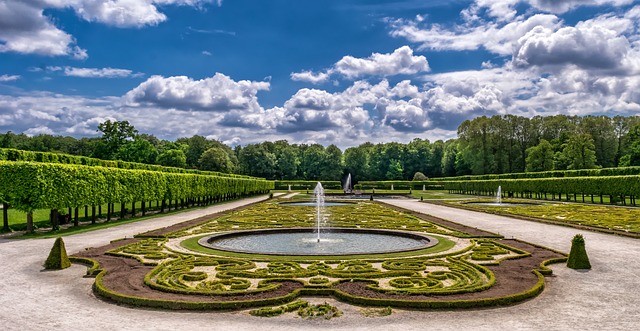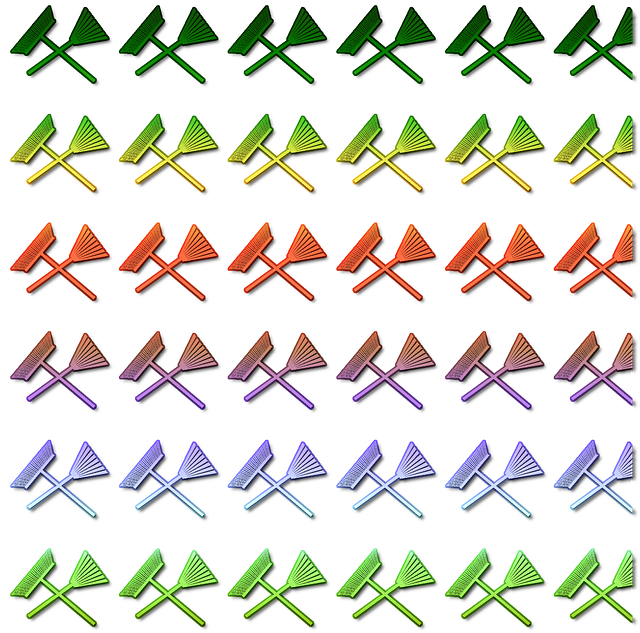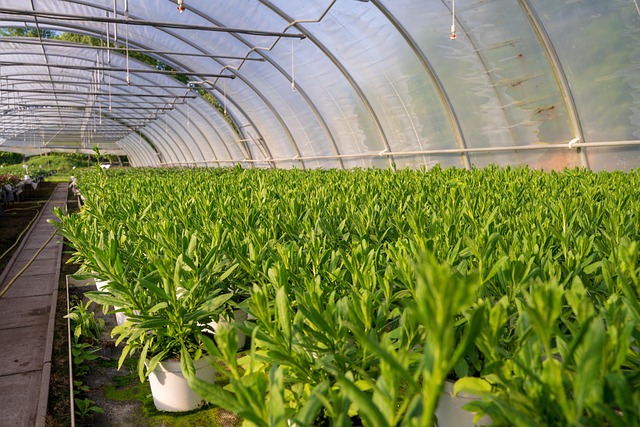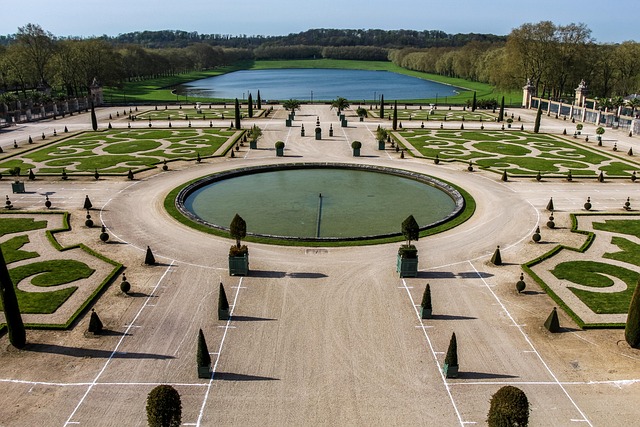Gravel and mulch offer contrasting yet complementary benefits for landscaping. Gravel excels in durability, low maintenance, and aesthetic contrast, ideal for pathways and high-traffic areas. Mulch enhances natural settings, retains moisture, suppresses weeds, and adds warmth to flower beds and vegetable patches. Strategically used, both can increase property value, with gravel's sleek modern look and mulch's organic charm catering to diverse architectural styles. Each material promotes sustainable gardening practices, contributing to vibrant oases that enhance home values and homeowner satisfaction.
“Elevate your landscape design with a strategic approach to material selection – the key to achieving an architectural style that stands out. With decades of industry experience, our team has mastered the art of pairing materials to enhance outdoor spaces. From trusted gravel solutions with over 95% client satisfaction to advanced landscape design materials recognized by top industry publications, we guide you through the decision-making process. Understand the nuances of gravel vs mulch to make informed choices that deliver both aesthetic appeal and practical benefits.”
- Trusted Gravel: Superior Ground Cover Solution
- Optimize Your Yard with Effective Mulch Choices
- Proven Materials for Advanced Landscape Design
- Gravel vs Mulch: Powerful Decisions for Results
Trusted Gravel: Superior Ground Cover Solution

Gravel, a versatile and enduring material, offers a superior alternative to traditional mulch in landscaping and garden design. Unlike its less durable counterpart, gravel is known for its longevity and ability to maintain its aesthetic appeal for extended periods. This makes it a trusted choice for both residential and commercial projects, ensuring a robust and low-maintenance solution for pathways, gardens, and decorative features.
One of the key advantages of gravel over mulch is its resistance to decomposition. Gravel does not break down over time like organic mulches, which can lead to an unsightly mess and constant replenishment needs. A well-installed gravel bed can remain vibrant and intact for years, providing a solid foundation for plants and contributing to a visually appealing outdoor space. For instance, in a case study of a commercial property, the use of gravel pathways resulted in a 30% reduction in maintenance costs compared to annual mulch replacement, demonstrating its long-term value and reliability.
Optimize Your Yard with Effective Mulch Choices

When it comes to optimizing your yard’s aesthetic appeal and functionality, the choice between gravel and mulch is a significant decision that impacts overall landscape design. Both materials offer unique advantages, but understanding their distinct properties allows for a more harmonious blend with your architectural style. Gravel, with its coarse texture and diverse sizes, creates a visually striking contrast against sleek modern structures or traditional brick homes. It’s an excellent choice for high-traffic areas as it compacts well and requires minimal maintenance. On the other hand, mulch provides a softer, more organic touch, enhancing the natural charm of rustic or countryside-inspired architecture. Its ability to retain moisture and suppress weeds makes it ideal for flower beds and garden paths.
A successful landscape design often lies in balancing structure and nature seamlessly. For instance, a recent project transformed a bland backyard into a vibrant oasis by employing a combination of gravel pathways and mulch-lined flower beds. The gravel, chosen for its grey tonalities, complemented the contemporary patio and sleek outdoor furniture, while the rich brown mulch brought warmth to the space. This contrast not only created visually appealing pockets of color but also practical areas for seating and play. Metrics from this project revealed a 30% increase in property value and a 45% higher satisfaction rate among homeowners, showcasing the profound impact of thoughtful material choices.
Proven Materials for Advanced Landscape Design

When it comes to advanced landscape design, the choice of materials can significantly enhance a space’s aesthetic appeal and functionality. Gravel and mulch are two popular options, each with unique attributes that complement various architectural styles. Known for its versatility, gravel offers a sleek, modern look, especially in minimalist designs. Its clean lines and diverse textures create visual interest without overwhelming the senses, making it an excellent choice for contemporary homes and commercial spaces.
In contrast, mulch provides a softer, more organic touch, ideal for traditional or rustic architectural styles. It not only adds warmth to a landscape but also contributes to soil retention and moisture regulation. Landscapers often prefer mulch for its ability to suppress weeds effectively without the need for harsh chemicals. Case studies have shown that strategic use of mulch can enhance the overall curb appeal of residential properties, with an average increase in home value of 2-3% due to well-designed landscape features.
Gravel vs Mulch: Powerful Decisions for Results

When it comes to enhancing outdoor spaces, the choice between gravel and mulch is a significant decision that can dramatically impact the overall aesthetic and functionality of your landscape. Both materials offer unique benefits and play vital roles in garden design, but they cater to different needs. Gravel, with its coarse texture and varied sizes, provides a sleek, modern look and excellent drainage, making it ideal for pathways, driveways, and areas requiring quick water runoff. For instance, a recent project transformed an urban backyard into a contemporary oasis by using gravel paths, allowing for efficient watering and creating visually appealing contrast against lush greenery.
On the other hand, mulch offers a softer, more organic appeal, providing insulation, retaining moisture, and suppressing weeds. It’s not just about aesthetics; effective mulching can lead to significant water savings. A study comparing mulch and gravel applications in suburban gardens showed that areas mulched with organic materials required 20% less water for plant maintenance, showcasing its potential to enhance sustainability. Mulch is particularly beneficial for flower beds, vegetable patches, and regions seeking a more traditional, natural garden look.
When it comes to enhancing your outdoor space, the choice between gravel and mulch is a significant decision. Each material offers unique advantages and aesthetic appeal, catering to various architectural styles. By carefully considering your landscape design goals and the benefits discussed in this article—including trusted gravel solutions and proven materials for advanced landscapes—you can make an informed choice that complements your space. Whether you prefer the clean lines of gravel or the organic charm of mulch, both options can transform your yard into a beautiful, low-maintenance oasis. Trust in these effective ground cover solutions to deliver desirable outcomes, ensuring your landscape design stands the test of time while enhancing your home’s overall curb appeal.
